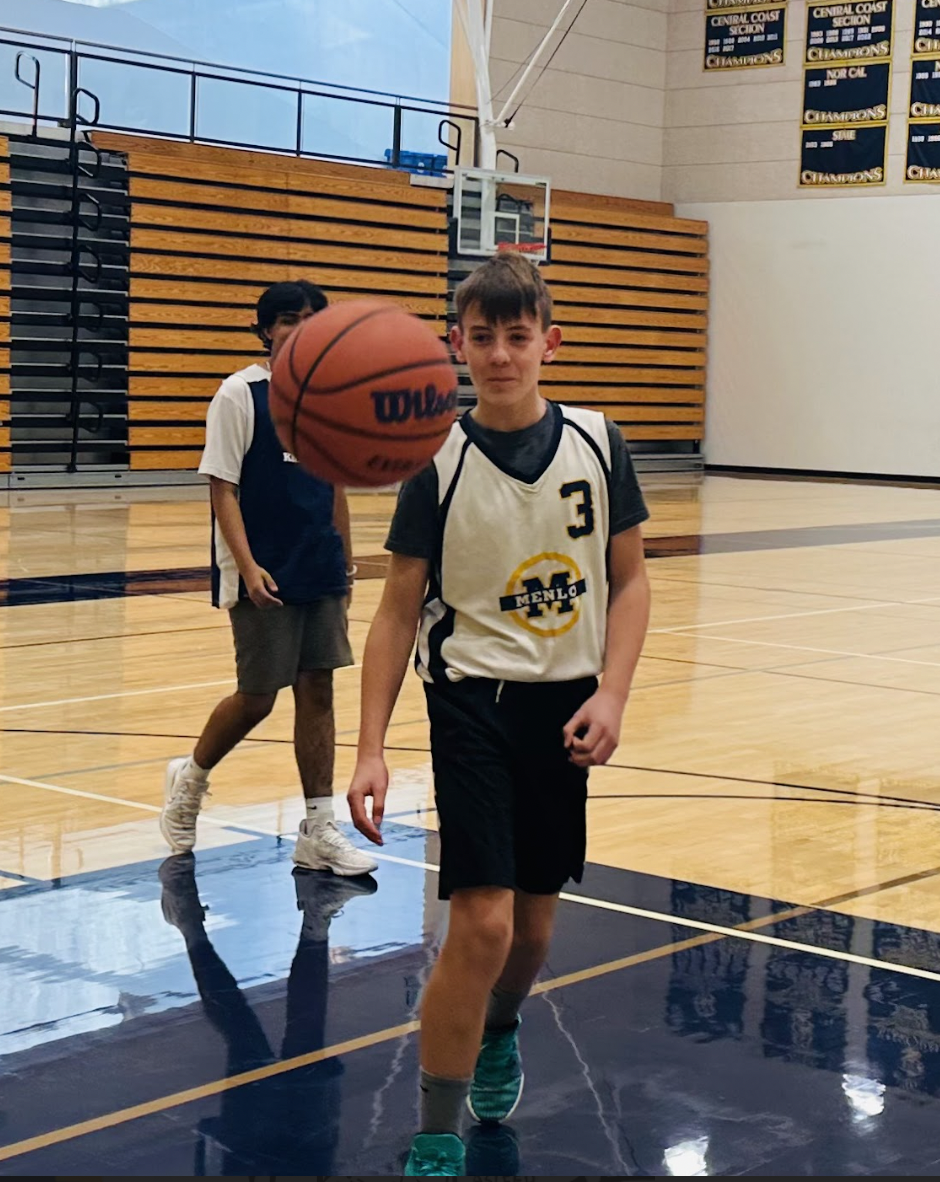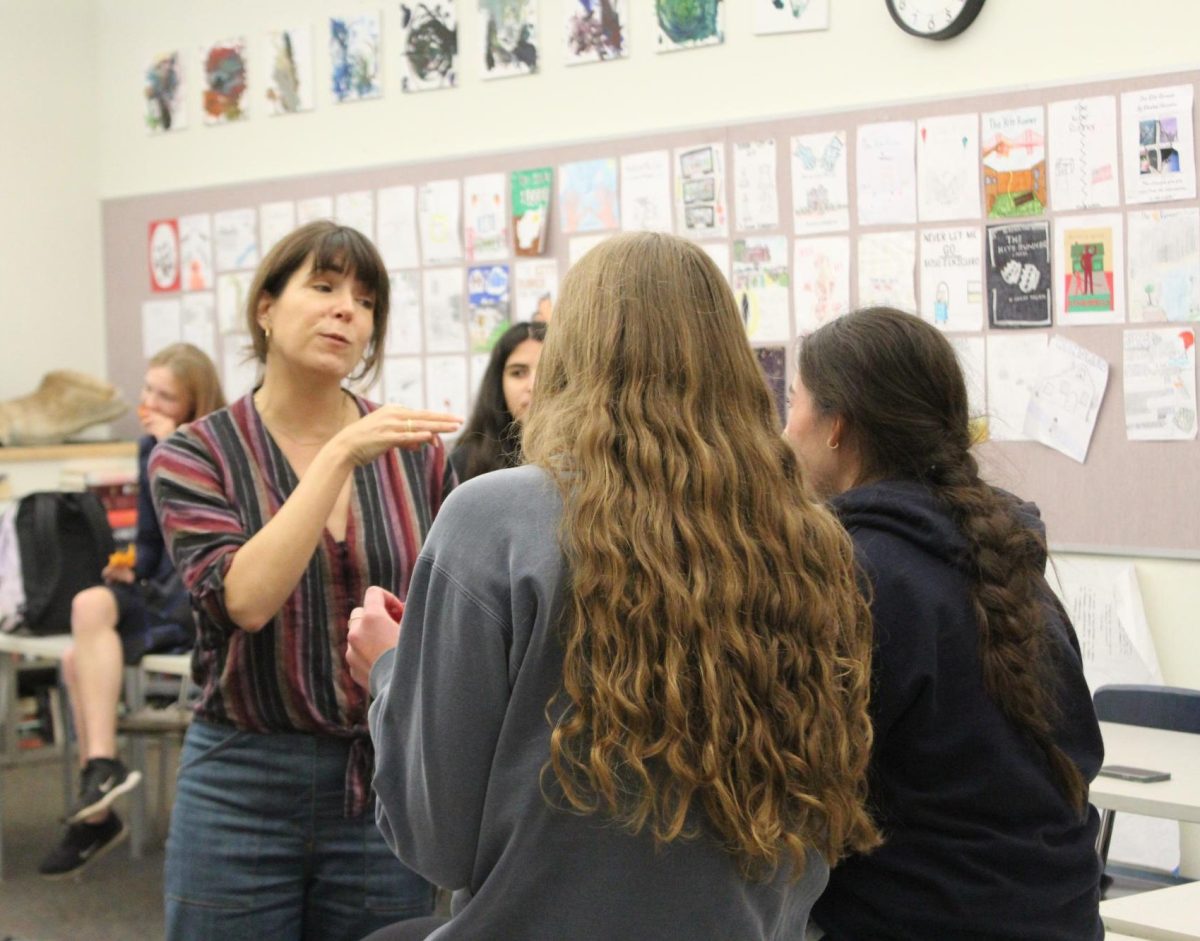Menlo’s athletic program’s mission is to provide students “the opportunity to develop mind, body and character.” If we want to develop ourselves as athletes, it’s true that rigorous practice and competition schedules are necessary. But when does the amount of rigor cross the line? In recent years, Menlo student-athletes and community members have questioned the decision to hold practices during breaks. By holding these practices, Menlo’s athletic department contradicts its own mission; truly great athletes need to prioritize family time, rest and catch up on academics during their breaks.
Our breaks, nestled between long periods of academic responsibility, are rare opportunities for students to rejuvenate. Quality time at home not only fosters personal growth, but also strengthens familial bonds by giving families time to catch up and create lasting shared memories. For student-athletes, these breaks are especially significant. Their rigorous training schedules can mean leaving for practice early in the morning or arriving home late in the evening, intruding on time with their loved ones.
Furthermore, athletes’ tendency to overwork their bodies without a hiatus directly leads to physical exhaustion. According to the New York Hospital for Special Surgery, overtraining syndrome happens when an athlete “doesn’t adequately recover after repetitive intense training, and symptoms can include fatigue, declining performance, and potential injury” — not only minor sprains or breaks, but also lingering overuse injuries and serious illness. These effects, unfortunately, are often caused by intense sport specialization from a young age; family physician Deborah Gilboa, MD, reports “seeing 15-year-olds who have the same injuries as marathoners who are in their 40s.”
We should be aware of how late-night sports events and practices significantly decrease students’ time to improve their academic performance. Student-athletes already face demanding workloads, and late-night games leave limited time for studying. This time constraint results in increased stress, as everyone hopes to strive to have a balance. Let’s address this issue by providing student-athletes with real breaks that offer opportunities to catch up on academic work, reorganize schedules and reduce academic and physical stress. Regular rest promotes a healthier work-life balance, enabling students to better manage coursework.
Ross Ireland, head coach of the varsity girls soccer teams, however, believes that practicing during breaks helps athletes prepare for games and keep their energy up. He explains that, in joining the team, his players commit to staying home during February break to prepare for CCS playoffs: “League games, the league, competing and being successful in the league, all lead up to your seating and your placement and CCS. That’s the grand finale.” He explains that Ski Week is a crucial time when players “should be ramping up [their] energy and desire to participate, not petering out and dwindling near the end.”
Although I agree with Ireland’s goal of training the players to prepare for competitions, I think a part of preparing for competitions is getting ample rest. Also, for major events like the CCS final, a tapering phase (a reduction in training intensity) before the event is a common practice in sports, as overtraining during the week preceding a crucial game might hinder players’ abilities to perform at their peak during the actual match.
In conclusion, it’s clear that people have very different ways of defining athletic excellence. I believe that Menlo needs to prioritize “developing mind, body and character” from a broader perspective, striking a balance between athletics, family time, rest, recovery and academic commitments. If we give student-athletes these opportunities to take a break, they can return to their athletic and academic endeavors with a renewed mindset, ready for a rewarding, fulfilling journey towards success.








